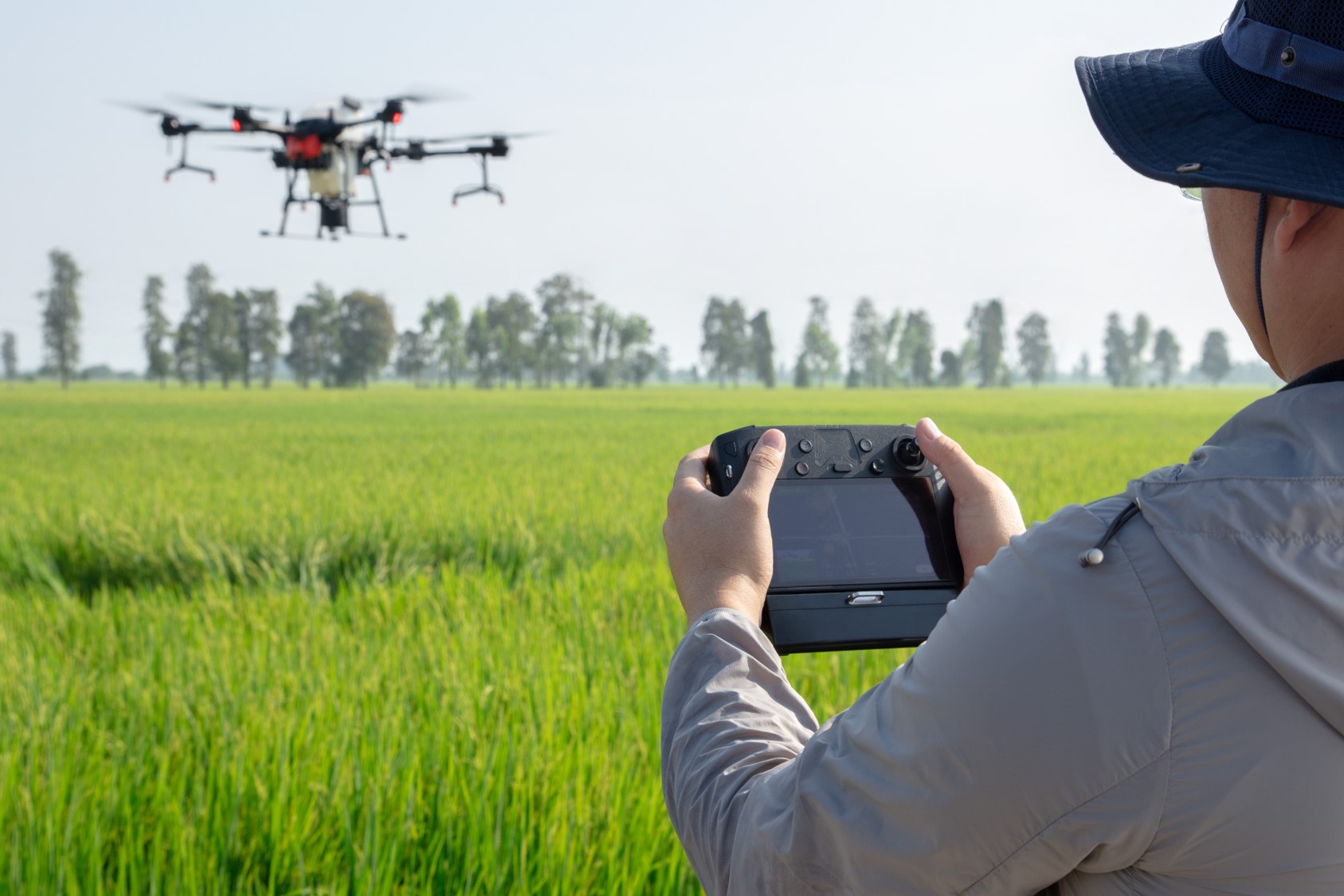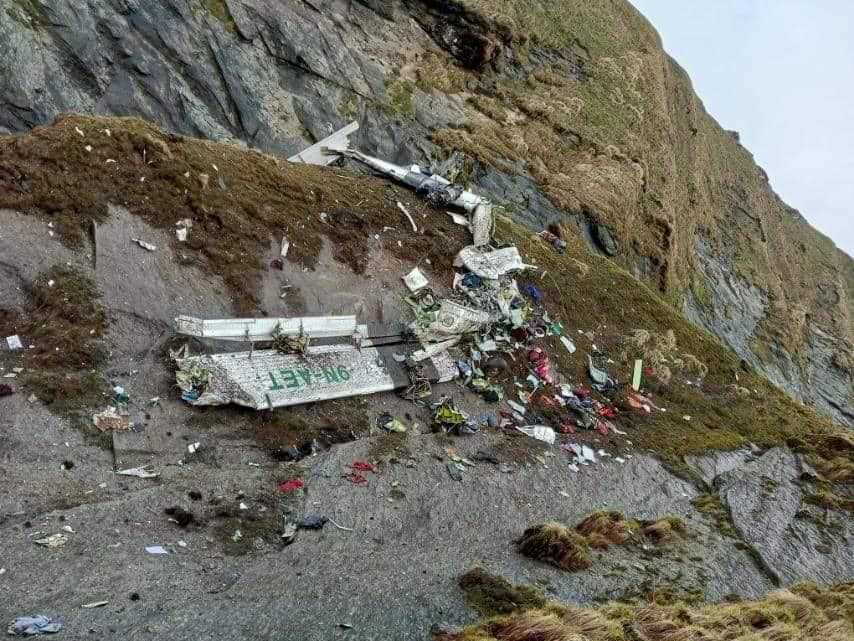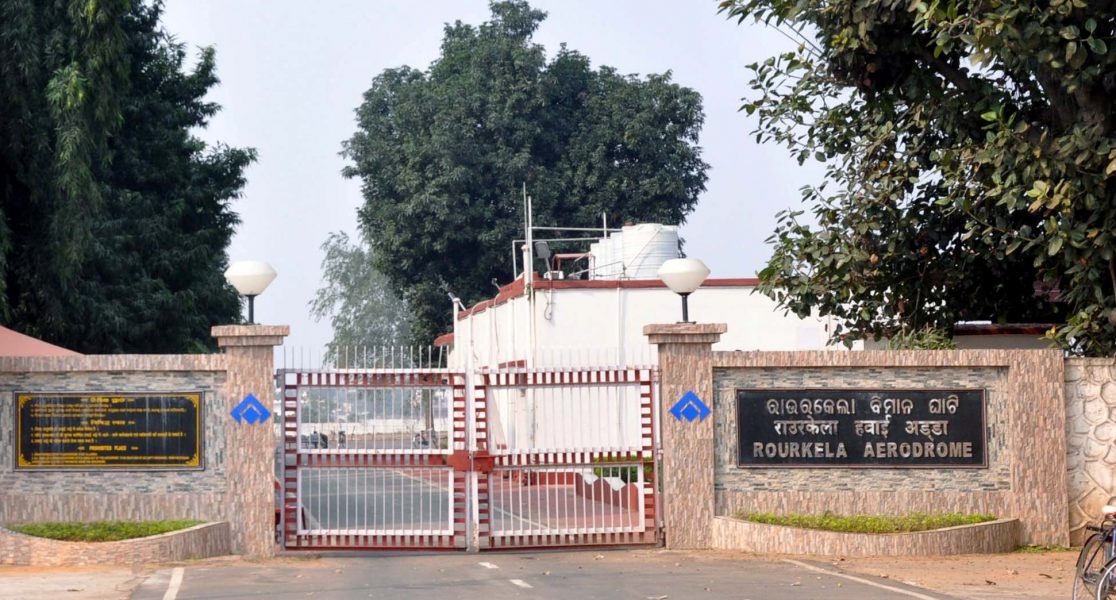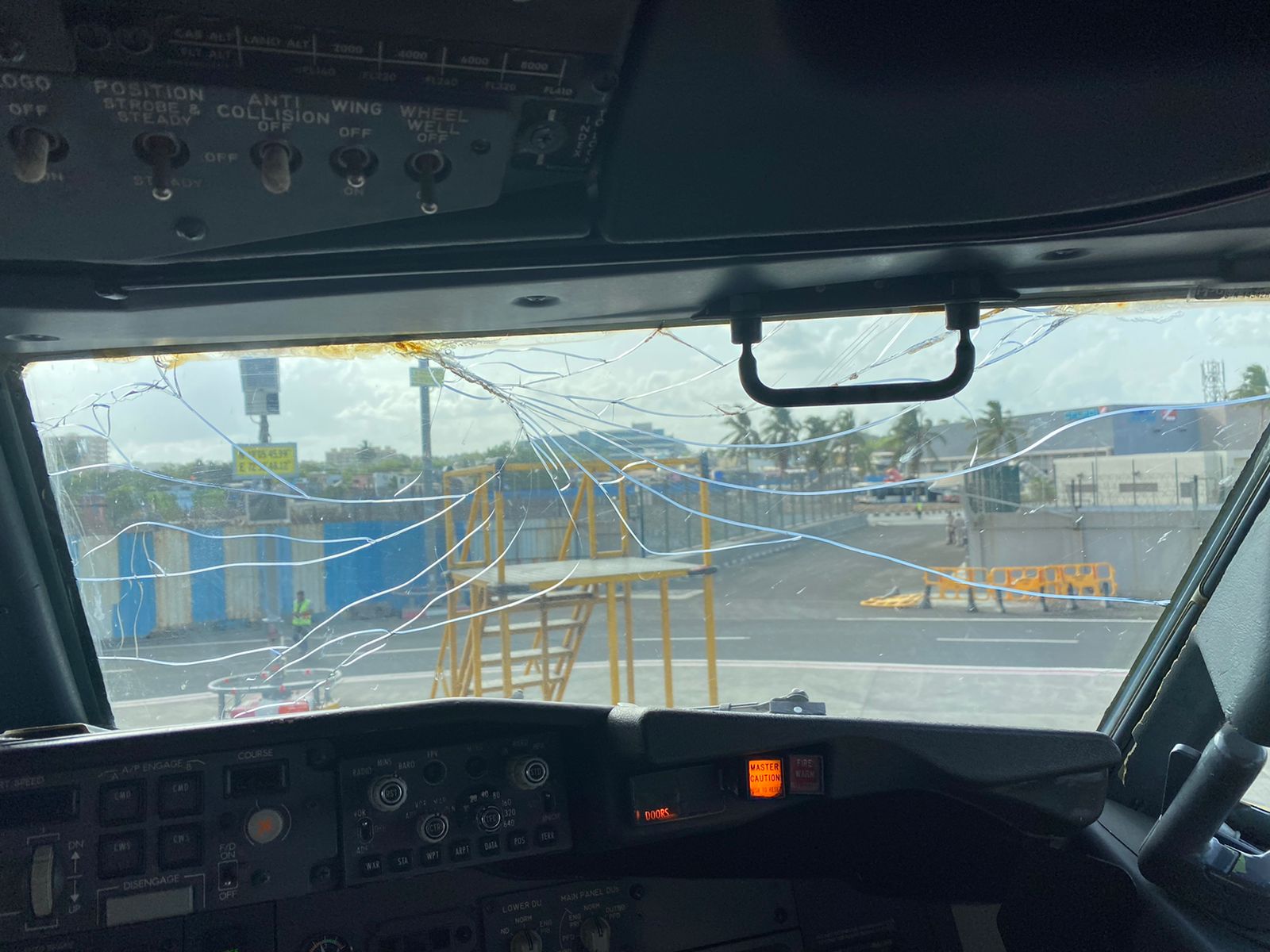IndiGo penalised INR 5 lakh for refusing to board a specially-abled child
Radhika Bansal
30 May 2022
Aviation regulator DGCA on Saturday, May 28 said it has imposed a fine of INR 5 lakh on IndiGo airline for denying boarding to a specially-abled child at Ranchi airport on May 7.
IndiGo had on May 9 said the boy was denied permission to board the Ranchi-Hyderabad flight as he was visibly in panic. After the boy was prohibited from boarding, his parents also decided not to enter the plane.
Order of the DGCA
The regulator said to avoid such situations in the future, it would revisit its regulations, making it mandatory for airlines to take the airport doctor's written opinion on the health of a passenger before deciding to deny boarding.
Moreover, the Directorate General of Civil Aviation (DGCA) said the new regulations would make sure that there is also a written consultation with the captain of the aircraft for his or her opinion on allowing such a passenger on board.
The DGCA had on May 9 formed a three-member team to investigate the May 7 incident. The regulator on Saturday, May 28 said, "It has been observed that the handling of the special child by the Indigo ground staff was deficient and ended up exacerbating the situation."
IndiGo penalised INR 5 lakh for refusing to board a specially-abled child
More compassionate handling would have smoothened nerves, calmed the child and obviated the need for the extreme step resulting in the passengers being denied boarding.
Special situations deserve extraordinary responses but the airline's staff failed to rise to the occasion, and in the process, committed lapses in adherence to the letter and spirit of the Civil Aviation Requirements (regulations), it noted.
The DGCA has also suggested that airlines should revisit their standard operating procedures (SOPs) and training processes to handle such cases and to bring a more humane touch.
IndiGo had on May 9 said the boy was denied permission to board the Ranchi-Hyderabad flight as he was visibly in panic.
Given this, the competent authority in the DGCA has decided to impose a penalty of INR 5 lakh on the airline under the provisions of the relevant aircraft rules, it mentioned.
ALSO READ - DGCA finds Indigo at fault after not allowing specially-abled child onboard
The three-member team's preliminary findings had on May 16 found IndiGo to violate its regulations, and therefore, the airline was issued a show-cause notice.
To ensure justice, the regulator conducted a personal hearing and allowed the parties to give their written submissions on this incident.
The letter issued by IndiGo
After following the "due process of law", the DGCA decided to impose an INR 5 lakh fine on the carrier. IndiGo CEO Ronojoy Dutta had on May 9 expressed regret over the incident and offered to buy an electric wheelchair for the specially-abled child.
Dutta had said the airline staff took the best possible decision under difficult circumstances.
Aviation Minister Jyotiraditya Scindia had on May 9 said on Twitter that no human being should have to go through this and he was investigating the Ranchi incident.
Read next
'Drone Destination' aims to open 150 drone pilot training schools by 2025
Radhika Bansal
30 May 2022

Delhi-based company 'Drone Destination' plans to establish at least 150 drone pilot training schools across the country by 2025, its CEO Chirag Sharma has said.
"We intend to partner with universities, agricultural institutes and police academies to serve the distinct needs of the ecosystem and enable employment and entrepreneurship opportunities to over 1 lakh individuals required by our industry by 2025.The company has so far opened six centres: four in association with Indira Gandhi Rashtriya Uran Akademi (IGRUA), the largest flying training organisation under the Ministry of Civil Aviation at Gurugram, Bengaluru, Gwalior and Dharamshala; one in association with Sanskardham Global Mission Institute; and the most recent launch at Punjab's first Drone Training School in Chandigarh University."Chirag Sharma, CEO, Drone Destination
Drone Destination is India's first remote pilot training organisation approved by aviation regulator Directorate General of Civil Aviation (DGCA) under the new Drone Rules, 2021. It currently runs six remote pilot training schools in the country.
The company is adding two more schools to its network in association with Hindusthan College of Engineering in Coimbatore and with Vaigai College of Engineering in Madurai, he said.
'Drone Destination' aims to open 150 drone pilot training schools by 2025
While inaugurating the two-day-long Drone Festival of India on Friday, Prime Minister Narendra Modi had said he dreams that everyone in India to have a smartphone, for every farm to have a drone and for every house prospers.
"Promotion of drone technology is another medium of advancing our commitment to good governance and ease of living. In the form of drones, we have a smart tool that is going to be part and parcel of people's lives,'' Modi had said.
Sharma told PTI, "The company has trained 500 pilots over the past few months. We intend to train about 1,500-2,000 pilots from the Gurugram centre in the coming year, and 500 pilots each from other locations."
Drone Destination is India's first remote pilot training organisation approved by aviation regulator Directorate General of Civil Aviation (DGCA) under the new Drone Rules, 2021.
He said Drone Destination plans to open a large network of "150-plus drone hubs by 2025 offering drone training, rent a drone, and drone services from each hub".
ALSO READ - Haryana signs a drone training agreement with IGRUA and Drone Destination
Drone Destination, in association with IGRUA, has also conducted several Train-the-Trainer courses and has developed more than 150 DGCA-approved drone instructors in the country, he mentioned.
Read next
Nepal's Tara Air crash - 14 bodies recovered, reason for the crash unknown
Radhika Bansal
30 May 2022

Rescuers on Monday, May 30 pulled out 14 bodies from the wreckage of the Tara Air plane that crashed in Nepal’s mountainous Mustang district with 22 people on board, including four Indians, according to a media report.
Pieces of the wreckage of the passenger plane that crashed on Sunday, May 29 morning were found at 14,500ft in Sano Sware Bhir of Thasang in Mustang district in northwestern Nepal, after nearly 20 hours since the plane went missing, the Nepal Army said on Monday, May 30.
flightradar24.com shows the position of the aircraft where it had made the last contact.
The Twin Otter 9N-AET plane belonging to Tara Air took off at 10:15 AM from Pokhara, and lost contact with the control tower 15 minutes later, according to an airline spokesperson.
The missing plane was carrying four Indians, two Germans and 13 Nepalese nationals, with 3 crew members. The remaining passengers were Nepalese citizens and among a total of 22 passengers, including the crew.
The aircraft was scheduled to land at Jomsom Airport in the Western mountainous region at 10:15 am. According to an air traffic controller at Jomsom Airport, they have an unconfirmed report about a loud noise reported in the Ghasa region of Jomsom, according to the Post report.
Nepal's Tara Air crash - 14 bodies recovered, the reason for the crash unknown
The search and rescue troops have physically located the plane crash site. Details will be followed, Nepal Army Spokesperson Brigadier General Narayan Silwal said on Twitter. Crash site: Sanosware, Thasang-2, Mustang, he tweeted along with a picture of what appears to be the wreckage of the aircraft.
Lt Mangal Shrestha, a police inspector and guide has already reached the site, he said. ”Other rescue team members from different agencies are trying to reach the sites using small helicopters. Every possible means to reach the site is being considered,” Brig Gen. Silwal said.
Rescuers pulled out 14 bodies from the crash site and have been scouring the area for the remains of the others, according to rescuers, The Kathmandu Post newspaper reported.
A US-Bangla Airlines flight from Dhaka to Kathmandu in 2018 had crashed on landing, and caught fire, killing 51 of 71 people on the plane.
The airline issued the list of passengers which identified four Indians as Ashok Kumar Tripathy, his wife Vaibhavi Bandekar (Tripathy) and their children Dhanush and Ritika. The family was based in Thane city near Mumbai.
Air safety concerns in Nepal have long plagued the aviation industry. A US-Bangla Airlines flight from Dhaka to Kathmandu in 2018 had crashed on landing, and caught fire, killing 51 of 71 people on the plane.
In 2016, a Tara Air plane crashed on the Pokhara-Jomsom route, killing all 23 people on board.
Read next
A SpiceJet plane, which was heading to Gorakhpur in Uttar Pradesh, returned to Mumbai on Saturday, May 28 after a crack was observed on the windshield, according to an official statement.
"On May 28, SpiceJet Boeing 737 aircraft was scheduled to operate SG-385 (Mumbai-Gorakhpur). During the cruise, the windshield outer pane was observed to be cracked," the airline's spokesperson said.
The pilot-in-command decided to return to Mumbai, the spokesperson said. The air traffic controller was apprised and the aircraft landed safely at the Mumbai airport, the spokesperson added.
Spicejet aircraft returns to Mumbai due to cracked windshield
This comes a day after the private airliner said a ransomware attack on IT systems has affected its audit process. Owing to this, SpiceJet announced that there will be a delay in the announcement of its Q4 results for FY2021-22.
"We wish to inform you that we are expecting a delay in submission of audited standalone and consolidated financial results of the company for the financial year ended March 31, 2022, with the stock exchange in terms of Regulation 33 of the SEBI (Listing Obligations and Disclosure Requirements) Regulations, 2015 due to ransomware attack on our IT systems which has affected the completion of the audit process within the stipulated time," SpiceJet said in a regulatory filing on May 27.
ALSO READ - SpiceJet under attack by ransomware; morning flights affected
Two days ago, Spice Jet had announced an attempted ransomware attack, which had slowed down its operations and impacted flight departures.
SpiceJet flights at Delhi airport were delayed last week due to a delay in the airline's daily payment to the Airports Authority of India.
On May 18, a Goa-bound SpiceJet flight had to return to Pune due to a technical issue. More details regarding the technical issue were not revealed by airline operators.
ALSO READ - Multiple SpiceJet flights halted by Delhi ATC for non-payment of daily airport user fees to AAI
In another incident, several SpiceJet flights at Delhi airport were delayed last week due to a delay in the airline's daily payment to the Airports Authority of India. The glitch was fixed and the operation became normal, a SpiceJet spokesperson later confirmed.
Read next
Approach to certify eVTOL aircraft modified, although no delays to be expected to complete existing type certification timeline - confirms FAA
Prashant-prabhakar
29 May 2022

The emergence of transformative airborne technology to transport people and goods in a new, environment-friendly way has led to the formation of the Urban Air Mobility/Advanced Air Mobility aircraft class of vehicles - a concept that integrates new, transformational aircraft designs and flight technologies into existing and modified airspace operations.
Representative | Mashable
With a new category of aircraft design and operation on the fore, the next sensible thing to do was to implement a set of rules/regulations that would certify these designs and safely integrate them into the aviation ecosystem.
The FAA has downplayed the recent suggestions that it is propagating fundamental changes to the process for certifying eVTOL aircraft although it has confirmed that it will be modifying its regulatory approach for certification of powered-lift operations and the pilots that operate these aircraft.
*A powered lift aircraft takes off and lands vertically under engine power but uses a fixed-wing for horizontal flight
Representative | Source
According to the FAA, it now plans to certify eVTOLs as powered-lift aircraft-an existing category, and, in the “long term,” develop additional powered-lift regulations “to safely enable innovation” for “operations and pilot training.”
In the short term, the FAA plans to use its “special class” process in 14 CFR 21.17(b) to type certificate powered-lift aircraft, to address the unique features of emerging powered-lift models.
This ‘special class’ process is designed to address the many novel features of unique aircraft such as these emerging powered-lift designs. This regulatory framework already exists, and this approach is consistent with international standards the FAA said
Apparently, this type of certification will use the performance-based airworthiness standards found in Part 23 of the FAA regulations. Nevertheless, the FAA has also implied that any changes will be more gradually implemented and this should come as a relief to eVTOL aircraft developers, who were working by the Part 23 framework as the basis for type certification.
Our process for certifying the aircraft themselves remains unchanged. All the development work done by current applicants remains valid and the changes in our regulatory approach should not delay their projectsFAA
Adding to this, a spokesperson for the agency further added that the 21.17b framework “allows for Part 23 certification standards. This has led some industry groups- like the Vertical Flight Society and the General Aviation Manufacturers Association express their frustration over the ambiguous statement made by the FAA.
Part 23 is the appropriate airworthiness standard for electric aircraft, whether the propellers thrust forward (eCTOL/eSTOL aircraft) or vertically (eVTOL). This is what the industry has been expecting for more than a decadesaid Mike Hirschberg- executive director of The Vertical Flight Society
Mike Hirschberg | Aviation International News
According to Hirschberg, "21.17 (b)" results in a special product that doesn't fit into operational constructs around the world. He further highlighted that using it as an airworthiness framework could significantly dampen operations of U.S. certificated aircraft in other countries as it isn't internationally recognized.
The FAA needs to work with the eVTOL community more closely if the agency wants to continue to lead in aviation in the coming decade, he says.
Major U.S. eVTOL developers such as Joby Aviation, Beta Technologies, and Archer Aviation have been moving towards type certification under Part 23 regulations for light aircraft.
What do the industrial heads have to say?
Honeywell welcomes any efforts to standardize and harmonize UAM certification standards. The industry needs clarity and consistency to achieve safe operations at scalesaid Jia Xu, CTO and Senior Director of Engineering, Unmanned Aerial Systems/Urban Air Mobility at Honeywell Aerospace
Archer Aviation eVTOL Prototype | Representative | FlightGlobal
Archer, Joby, and Beta are optimistic about getting their models type-certified in time to enter service in 2024.
Joby Aviation S4 | TransportUP
Joby very recently received its FAA Part 135 certificate which would allow it to start on-demand commercial air taxi operations.
SOURCE(s)
COVER: FLYING Magazine
Read next
Odisha's Rourkela airport to be operational for commercial flights before men’s hockey world cup 2023
Radhika Bansal
21 Jun 2022

With the Men’s Hockey World Cup 2023 approaching fast, the Odisha government has prepared a timeline to operationalise the Rourkela airport of SAIL after discussing with officials of the Ministry of Civil Aviation (MoCA).
The 2023 Men’s Hockey World Cup will be held from January 13 to 29 in two cities of Odisha – Bhubaneshwar and Rourkela. Both places are expected to see a massive inflow of international players, coaches, tourists, and sports enthusiasts. Most, if not all, are expected to fly into the host cities.
While Bhubaneswar’s Biju Patnaik Airport (BBI) is suitable for domestic and international operations, Rourkela’s airport is mainly used for private flights and has struggled to start commercial operations, mainly due to inadequate infrastructure.
Rourkela’s airport is mainly used for private flights and has struggled to start commercial operations, mainly due to inadequate infrastructure.
On June 1, MoCA Joint Secretary Usha Padhee held talks with top officials of SAIL in Delhi followed by another meeting with the Principal Secretary of Transport department, Odisha Bishnupada Sethi and others on June 3. The discussions reportedly focused on the early completion of the airport’s ongoing works and associated formalities following which the timeline was prepared.
Accordingly, it has been targeted to apply for an ARC 2C licence by August 31 and complete ongoing works and commences commercial flight operation under the RCS-UDAN scheme by October 31. A dry test run of ATR 72 type aircraft by Alliance Air is scheduled to take place on November 10.
A longer runway is not being built even though the Rourkela Steel Plant (RSP) has provided an additional 146 acres using which the runway could be expanded to over 7,500 feet to operate aircraft like the A320 and B737.
The 2023 Men’s Hockey World Cup will be held from January 13 to 29 in two cities of Odisha – Bhubaneshwar and Rourkela.
At least 16 fire fighting personnel trained by the Airport Authority of India (AAI) for Fire Category-VI will be deployed by the DG, Fire Service by July 31. According to the timeline, further expansion of the airport as per the master plan would take place from December 31.
Odisha police would also deploy 44 airport security personnel trained by the Bureau of Civil Aviation Security while the State Health Department would engage two more ambulances by August 31. By July 15, the SAIL and India Meteorological Department would equip the airport with a MET facility.
Meanwhile, after the expiry of the previous tripartite MoU involving the Odisha government, SAIL and AAI in April 2021, a fresh agreement is likely to be signed on June 20 for running the airport. However, SAIL sources said the MoU signing on June 20 is unlikely to take place in wake of the ongoing discussions.
Odisha's Rourkela airport to be operational for commercial flights before men’s hockey world cup 2023
On June 18, Sundargarh MP and chairman of the Parliamentary Standing Committee on Defence Jual Oram inspected the ongoing expansion works at the airport. Jual hoped that the airport would start commercial flight operation by the stipulated time.
Former general secretary of Steel Executives’ Federation of India (SEFI) Bimal Bisi reiterated the demand for a complete takeover of the Rourkela airport by AAI to make it sustainable and remove operational difficulties. He said SAIL is ready to hand over the airport to AAI, but the Steel Ministry, MoCA and Odisha government have to make combined efforts in this regard.
A dry test run of ATR 72 type aircraft by Alliance Air is scheduled to take place on November 10.
ALSO READ - Rourkela Airport’s expansion plan hampered by slow progress
Rourkela Airport, Airport Code – RRK, is a domestic airport located near Chhend Colony, 6 kilometres west of the steel city of Rourkela in the state of Odisha. The airport is mostly used by dignitaries visiting Rourkela, especially officials of Steel Authority of India Limited (SAIL) and other VIPs.
The airport’s terminal is being upgraded to handle scheduled operations. Under the UDAN scheme, scheduled flights were to start but this has not materialized. A license for commercial usage of the airport was issued in January 2019.
(With Inputs from The New Indian Express)



Comment